
Cinema is an art form dominated primarily by auteurs – individuals who made such an impressive mark on cinema with their films, so much so that the very nature of the art form becomes less of a collaborative medium and more of a personal one.
To identify the work of these individuals would be a fundamentally uncomplicated understanding, especially if the filmmaker in question has made a strong enough stylistic impact. One can easily recognize a Wes Anderson film from just a single frame, a Tarantino film from a single line of dialogue, or even a Lars von Trier film with a single cut. But what about perhaps the greatest auteur of them all, Kubrick?
Anyone with a reasonable enough knowledge of cinema would easily be able to recognize that they are indeed, watching a Kubrick film. But what truly defines a Kubrick film? Is it in the way he fundamentally constructs his scenes? Or is it something more enigmatic?
The short answer to that question is perfection.
Perfection defines a Kubrick picture. With an over 40-year-long career, Kubrick redefined the landscape of nearly every genre with each film of his oeuvre, creating what’s widely considered to be the best war film, the best erotic film, the best science fiction, and so on and so forth.
The films on this list may not exactly reach the same level of sheer virtuosity as a Kubrick picture would, but they are all representations of auteurs at their absolute peak, all works that transcend genres, timeless and perfect in their own ways.
And most importantly, these films exhibit a masterful craft that’s, in their own ways, nearly indistinguishable from any one of Kubrick’s perfect works of art.
10. The Cook, The Thief, His Wife and Her Lover
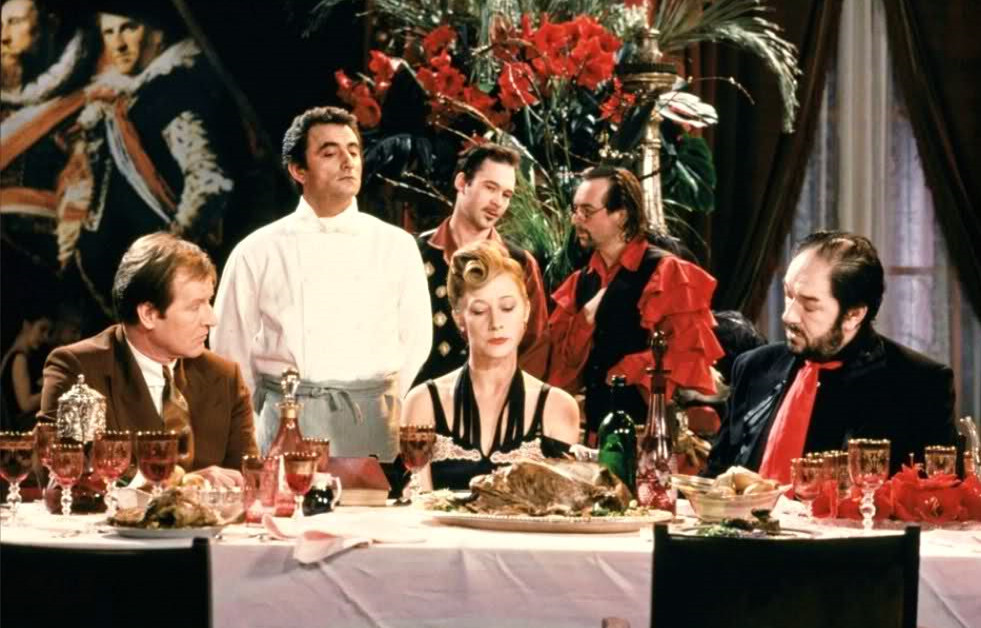
When it comes to the manipulation of color and symmetry in cinema, Wes Anderson exists as one of the greatest names in the context of modern cinema, with a body of work that continues to inspire scores of hipsters around the globe. But there is one filmmaker, with a command of color and symmetry stronger than Anderson, with a body of work that’s far more versatile in theme. This is the cinema of Peter Greenaway.
The Cook, The Thief, His Wife and Her Lover is just one of Greenaway’s many films, and one that’s considered by many to be his magnum opus, and for good reason. The film features the now beloved Michael Gambon, Helen Mirren and Tim Roth as members of a brilliant ensemble cast populating Greenaway’s majestic backdrop of a single, upper-class restaurant, where acts of greed and crime plague the otherwise exquisite landscape.
Greenaway’s camera consistently captures every extent of the narrative’s opulence, adopting a strict color palette of that goes as far as to change the colors of his characters’ costumes to reflect the camera’s motion between one sublimely crafted setpiece to the next. Greenaway then continues to subvert this established aesthetic with the purposefully theatrical performances from his cast, perfectly accentuating the over-the-top absurdity of the film.
The Cook, The Thief, His Wife and Her Lover is a film that can be considered the lovechild of A Clockwork Orange and Barry Lyndon, a truly incredible blend of both the stylistic satire film and the meticulous period film.
9. Farewell, My Concubine
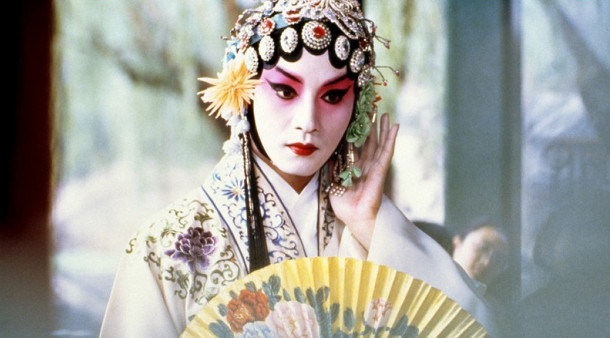
The only Chinese film to have ever won the prestigious Palme D’or, Farewell, My Concubine is a grandiose epic that chronicles the hapless life of an androgynous operatic actor, with a narrative stretching decades from the recesses of his broken childhood all the way into his miserable midlife.
Chen Kaige paints a portrait not only of a relatable character, portrayed by the equally tortured thespian Leslie Cheung, who struggles with his own identity, but he paints a portrait of China itself. This is a film that aims to honor the sprawling heritage of Chinese culture, juxtaposing the nation’s erratic growth with the equally turbulent arcs of our protagonists. Chen blends the very distinct ideas of politics and art into one monumental achievement of storytelling, one that manages to stay personable even in spite of the story’s impressive scope.
Though the political nature of the narrative does slightly impede its inherent capacity as a character piece, if one were to instead, look past Chen’s political alignments, one would find a haunting piece of genuine art that serves as an important piece that manages to capture the essence of a country’s rich history.
What Farewell, My Concubine is fundamentally, is Kubrick’s Barry Lyndon reimagined on an oriental scale. Haunting, hypnotic and a true testament to the capacity of art, examining how it affects both the individual and the collective.
8. Twelve Monkeys
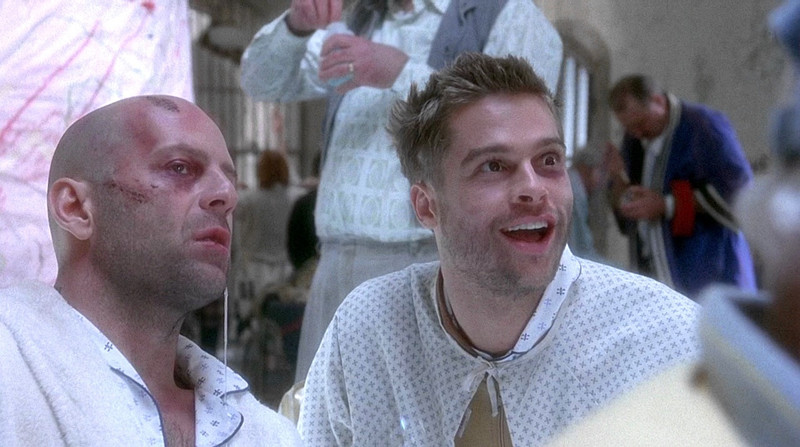
Though many may consider Brazil, Gilliam’s hilarious satirical reimagining of Orwell’s 1984, to be Captain Chaos’s greatest work, his equally deranged reimagining of Chris Marker’s La Jetee, Twelve Monkeys, seem like the more apt Kubrickian experience of the two.
Though Kubrick evidently was a filmmaker who possesses undisputed originality, most people often do forget the fact that most of Kubrick’s films are adaptations. Could it possibly be that the very reason we forget this fundamental fact is because Kubrick’s works add something so incredibly ingenious to the foundations established by the original, that in the eyes of an audience, the validity of the original is rendered virtually irrelevant? That is precisely what Gilliam achieved when he reimagined Marker’s original vision.
What was originally just an experimental work of the Nouvelle Vague with an incredibly small audience appeal, Gilliam’s Twelve Monkeys transformed Marker’s vision into this epic adventure. A truly gripping cinematic landscape that tackles the complex idea of time travel in a way that’s accessible yet thought-provoking to scores of audiences around the world.
7. Playtime
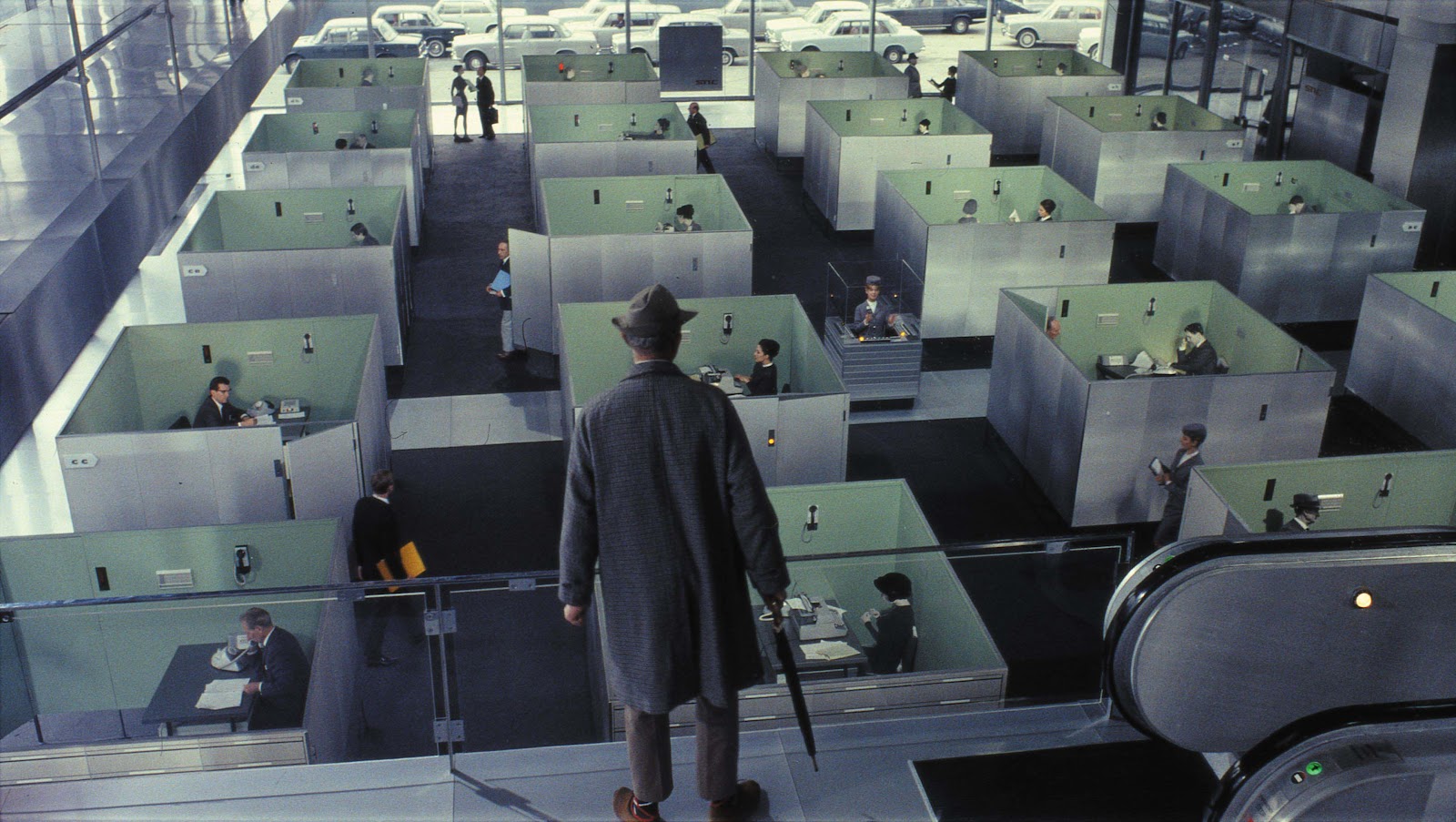
In the genre of comedy, names like Keaton and Chaplin are often met with much reverence, but if one were to look past the confines of Hollywood, and place their focus instead to the undying radicalism offered by French Cinema, one would come across the cinema of Jacques Tati. A visionary filmmaker whose refreshing approach to comedy manages to trump even that of the tramp.
PlayTime, a culturally-conscious satire on progression released just a few years after Kubrick’s own culturally-conscious satire Dr. Strangelove, embraces the now much-avoided craft of slapstick comedy as a driving force of the narrative.
Tati channels the likes of Jean Renoir and Buster Keaton, improving, in his own ways, on either masters’ strengths, employing brilliant deep focus cinematography to create frames filled to the brim with an insane level of detail that can rival almost any Kubrick picture. This unique brand of perfectionist comedy developed by Tati is at its absolute finest in PlayTime.
There is no story explicitly told in PlayTime, the narrative presented is nothing but a series of disconnected happenings played out at a variety of different locations distinct from one another, yet somehow, Tati’s overarching vision remains coherent. What ties the unfolding chaos that is PlayTime is not in Tati’s characters, but in style. Tati’s comedy is truly a rare breed, one that relies on its audience being intelligent as opposed to the contrary, like most lesser films of the genre, resulting in an experience that completely immerses you in all its distinct setpieces.
6. The Handmaiden
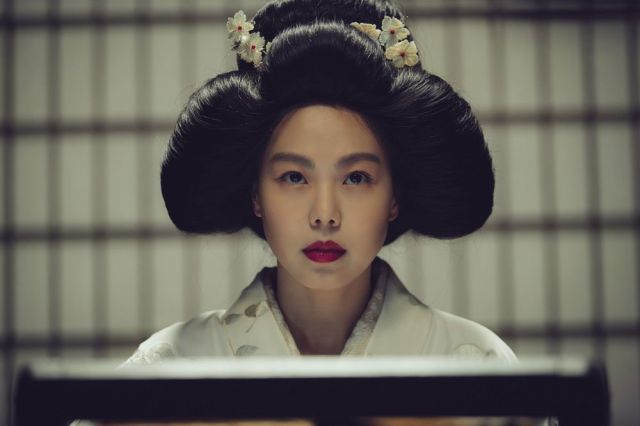
The erotic film is perhaps one of the hardest genres of cinema for a filmmaker to genuinely tell a coherent story in. The sex scene, in and of itself, is a product of spectacle masquerading as an intimate, personal exchange of love. For a sex scene to truly serve the narrative is difficult, to say the least, but to craft an entire film out of the core idea of sex, is a feat only achievable by a master filmmaker.
Kubrick’s Eyes Wide Shut, a bonafide erotic film, succeeded in creating a truly believable world built around the very idea of sex. With that being said, sex in Kubrick’s film was used as a tool to detach audiences from reality, as an intentionally carnal act without emotion, as opposed to a testament of genuine connection between individuals.
Park Chan-Wook’s The Handmaiden, on the other hand, told a story with an almost equal amount of sex, yet the film manipulates the very idea of sex and yields it as an emotional tool to actually further the narrative and the relationships of its characters.
The Handmaiden tells a story built upon a web of lies and deceit, championing the unreliability of character perspective beyond all other narrative elements. The film follows a young handmaiden employed in the service of a Japanese heiress, as she conspires with a Count in hopes of swindling her. If this description alone sounds complex enough, the resulting narrative of the film is one that’s far more intricate than its logline.
The Handmaiden is a revelation into the world of Park Chan-Wook, a hypnotic, genre-bending cinema that uses the omniscient camera as a powerful foundation to his unique cinematic worlds. His revolutionary approach to filmmaking may have emerged in the Vengeance Trilogy, but it only truly evolved into its fullest potential with this 2015 masterpiece of character-driven cinema.